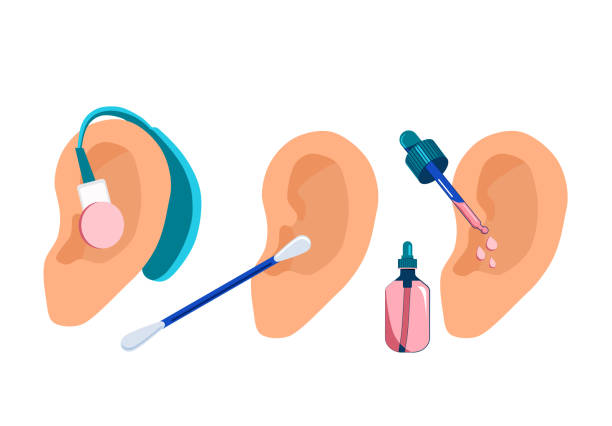Hearing Loss. Save
Hearing is a gift.hearing is the ability to be able to listen to the external sounds. Hearing loss or hearing impairment is the reduced ability to listen to external sounds.…

Hearing is a gift.hearing is the ability to be able to listen to the external sounds. Hearing loss or hearing impairment is the reduced ability to listen to external sounds.…

The test gives a score, known as a Recurrence Score, from 0 to 100.
The higher the score, the more likely breast cancer is to come back and the more likely you are to benefit from having chemotherapy as well as hormone therapy.
Your specialist will use the score, along with other information about your breast cancer, to help decide whether chemotherapy would benefit you.5…

Jaundice aundice results from high levels of bilirubin in the blood. Bilirubin is the normal breakdown product from the catabolism of haem, and thus is formed from the destruction of red blood cells. Under normal…
The first discoveries of Early Paleozoic fishes took place in Scotland and in the Baltic area (Estonia, Latvia, and Lithuania) at the beginning of the 19th century. The first early vertebrate remains recorded from Scotland were of Carboniferous age and are now referred to the sarcopterygian Rhizodus and Megalichthys. Later, discoveries of additional Scottish and Baltic Devonian localities made these regions (and also European workers) the main source of information on early vertebrates for a long time. This situation reached its most important development with the contributions of Erik STENSIÖ and other Swedish (e.g., Gustav WÄNGSJÖ, Erik JARVIK) and Danish colleagues (e.g., Eigil NIELSEN), who organized important collecting expeditions (e.g., Podolia, Spitsbergen and Greenland). New material from these localities and others (such as the Devonian localities of eastern Canada) allowed STENSIÖ and his followers (the so-called Swedish School) to produce some fascinating morphological work and to build up some hypotheses about the origin of early tetrapods that still today are a source of discussion. New scientific findings have the potential to produce considerable changes in previous interpretations. Vertebrates are not an exception. Based on information gathered over almost two centuries it has long been believed that the origin of vertebrates occurred “sometime” during the earliest Paleozoic, “somewhere” in the northern Hemisphere. However, discoveries of early vertebrates in the Southern Hemisphere, in Australia and in Bolivia, led to a new understanding of the early history of the group. These new discoveries have been remarkable in stimulating new collecting. Recent progress has included the discovery of the “earliest” forms in the Lower Cambrian of southern China and by new and controversial interpretations of the conodonts…
Source : amazon.com